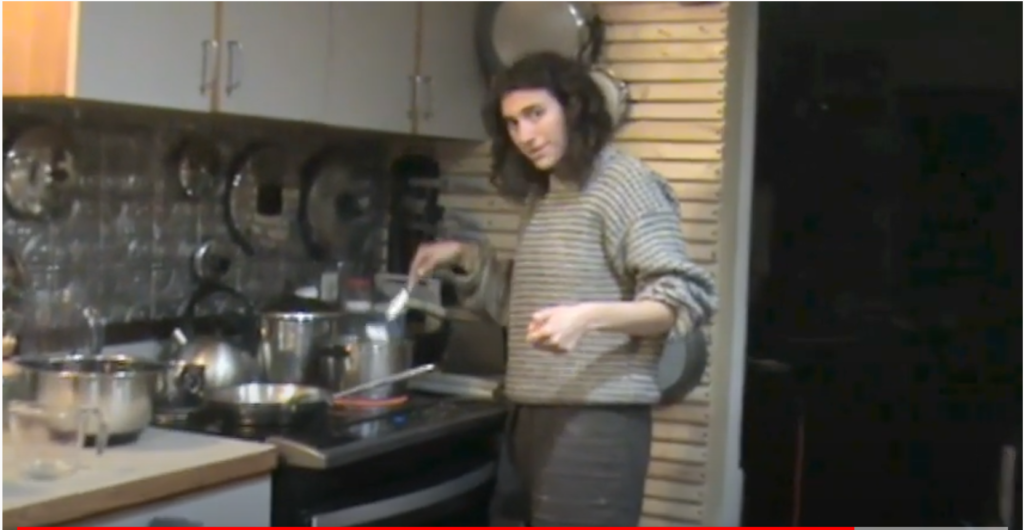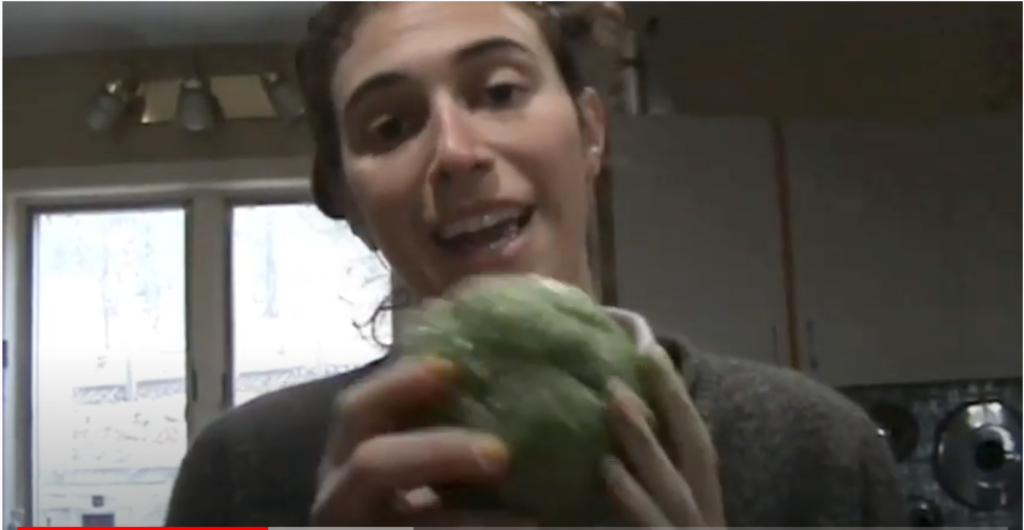As a boy growing up in Brooklyn, holidays like Easter were paens of cultural traditions: momentous gatherings of an extended Italian American family, from grandparents and uncles and aunts, to cousins and siblings, joyously sharing great feasts which are the memories that color the present. Not so much Easter in Vietnam.

Easter 1972 was a significant bookmark in the Vietnam War. A highly consequential enemy attack took place then, nearly a year after my return home. Three days before an early Easter, on March 30, the NVA launched a major offensive south of the DMZ. The aggression caught the South Vietnamese off guard. But with massive US air support from bombers and fighters flying from Thailand, Wake Island, and aircraft carriers in the South China Sea, the NVA were eventually beaten back.
The so-called Easter Offensive lasted months, with both sides suffering high casualties. This offensive convinced the NVA to wait out the war with foot-dragging negotiations in Paris. Eventually, President Nixon stepped up vindictive bombing of the North to add pressure to the negotiations. By January 1973, a cease fire and “peace” plan was in place. And then the NVA simply rolled over the country in 1975, after US troops were gone.
In the army, particularly in Vietnam, Easter was a time to anticipate gifts by mail, in particular, “care packages” of food from home. We acted very ceremonial around the holidays, throwing constant parties for the nearby orphanages with gifts of food and supplies from the US Army and lots of charitable organizations in the USA.
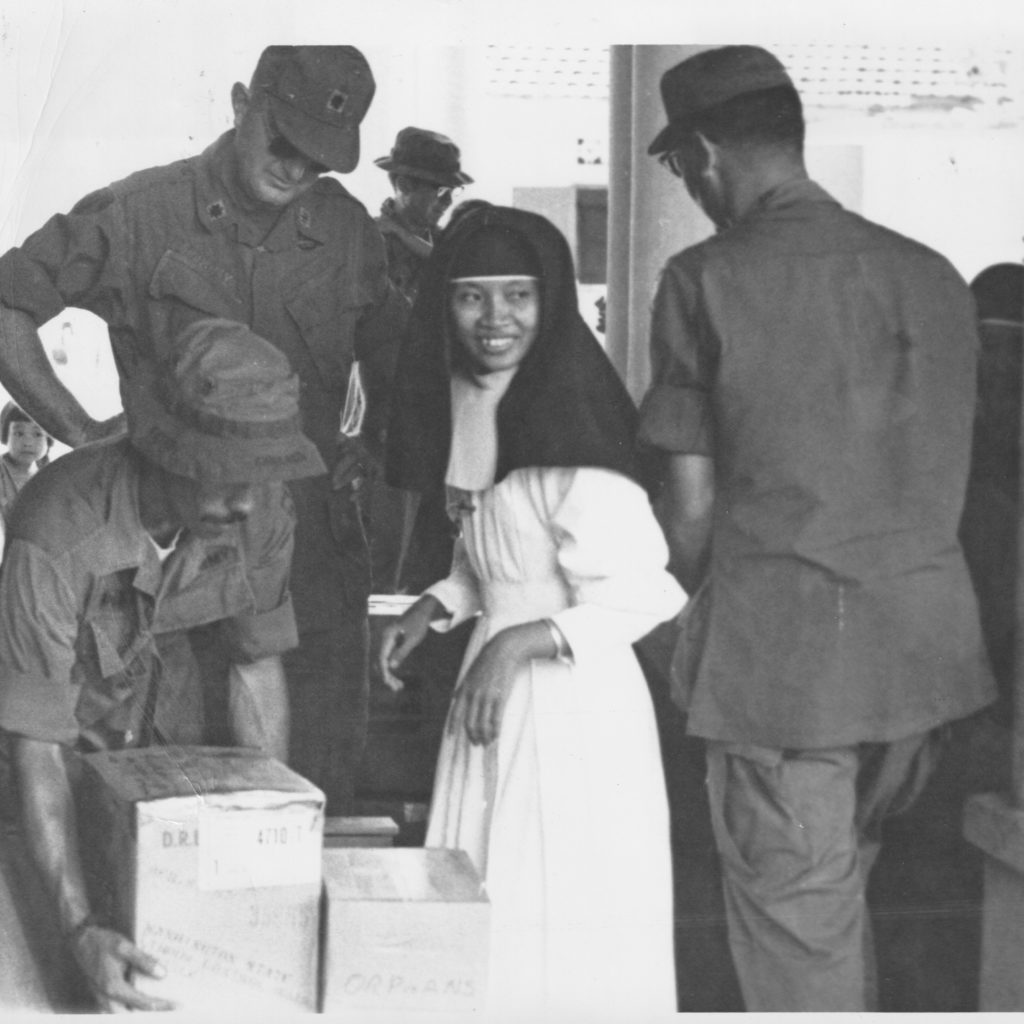
I’m sure there were religious services. And I am equally certain I did not participate. I was quite sour on my Roman Catholic upbringing by my late teens. The Church was so way out of touch with everything that was happening in the 1960s that it bore no relevance in my life. My faith was my devotion to Natalie, my belief in myself and an optimistic sense of a better future. I was quite naive.
I came upon my naïveté honestly, however. As a boy growing up in Brooklyn, NY, and well on into my adult years, holidays like Easter were paens of family and cultural traditions: momentous gatherings of an extended Italian-American family from grandparents to uncles and aunts, to cousins and siblings. Great feasts of specialty seasonal foods and dishes were the highlight, like my favorite, cheese filled raviolis.
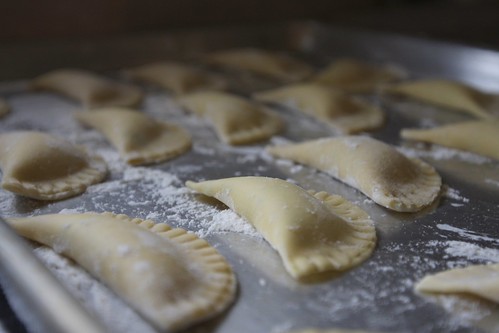
You could get these “store-bought.” But not in my family. I’d watch my grandmother make 100 or so of these “ pasta freschi” the entire morning. She used the lid of a glass jar to cut out three inch round disks of pasta dough rolled thin on a large wooden board dusted with flour. Then, she filled each one with a generous tablespoon or so of seasoned cheese filling. Finally, she folded the dough over the filling to form a half moon. The final step was brushing the edges with a touch of egg wash and the press of fork tines which left visual impressions around the sealed edge. These would be dropped into boiling salted water as we were nibbling antipasto. Then, two or three or more would ladled onto each plate and drowned in rich tomato gravy, fatty with sweet sausage, meatballs with raisins and pignoli nuts, maybe a pork rib or two.
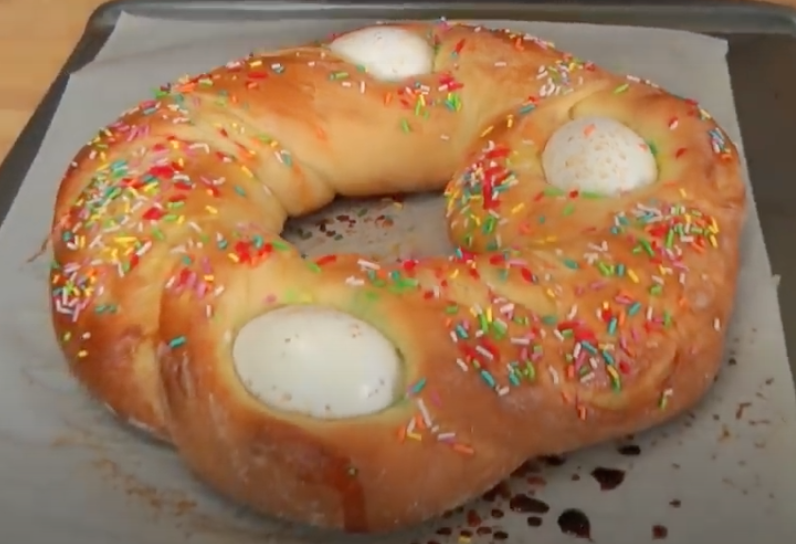
We’d literally eat from morning to evening. For breakfast, we’d start with sweet yeasty Easter breads, drizzled with an icing of lemon scented confectionary sugar. There’d be colored hard boiled eggs embedded in these little cakes, so we got some protein to start the day. My all time favorite Easter dish remains: Pizza Rustica, a savory baked ricotta cheese casserole loaded with bits of dried sausage, hard cheese, herbs and more. For me, it was the star of the antipasto course. These days, my sister has taken this tradition and made it her own.
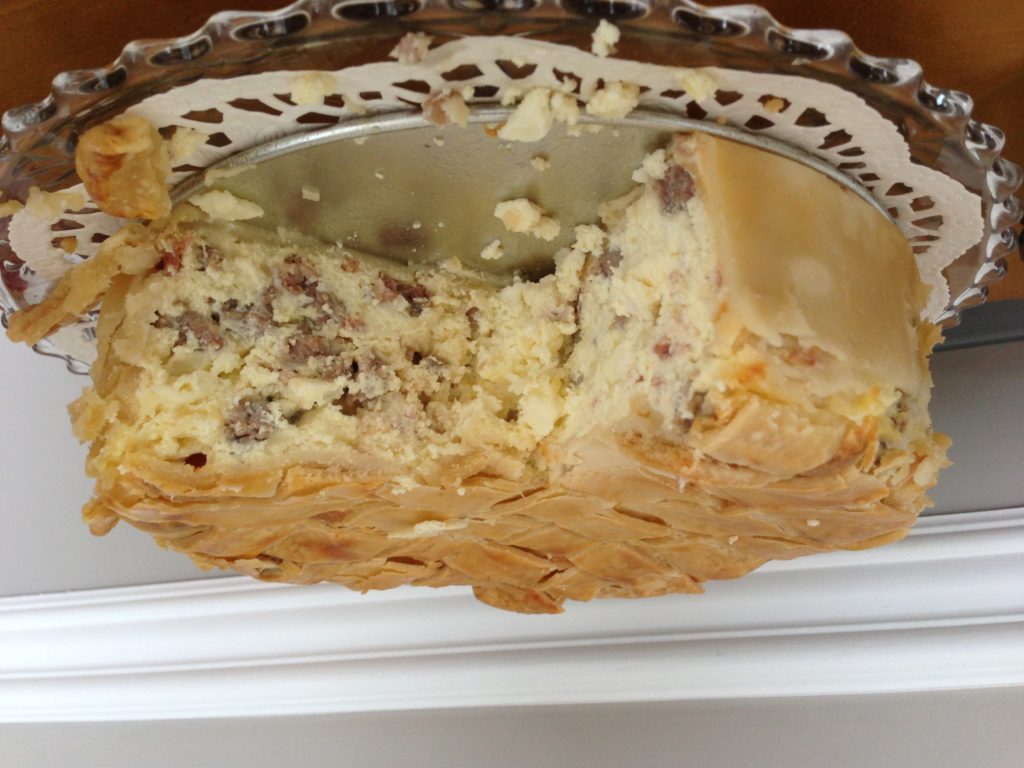
By late afternoon, 20 of us would gather at a communal table in the basement level of my grandparents East Flatbush home. After our meal, the aunts would clear the table so that we could all reconvene for a round of amazing homemade desserts as evening approached. The star of the Easter dessert table was a Neapolitan classic called Pastiera di Grano—the Easter wheat pie. It is an Italian cheese cake based on barley pearls soaked and poached in sweetened milk, mixed with sweet ricotta cream, laced with cinnamon and orange flavoring. Baked in a sweet pastry dough, the top is adorned with lattice strips.
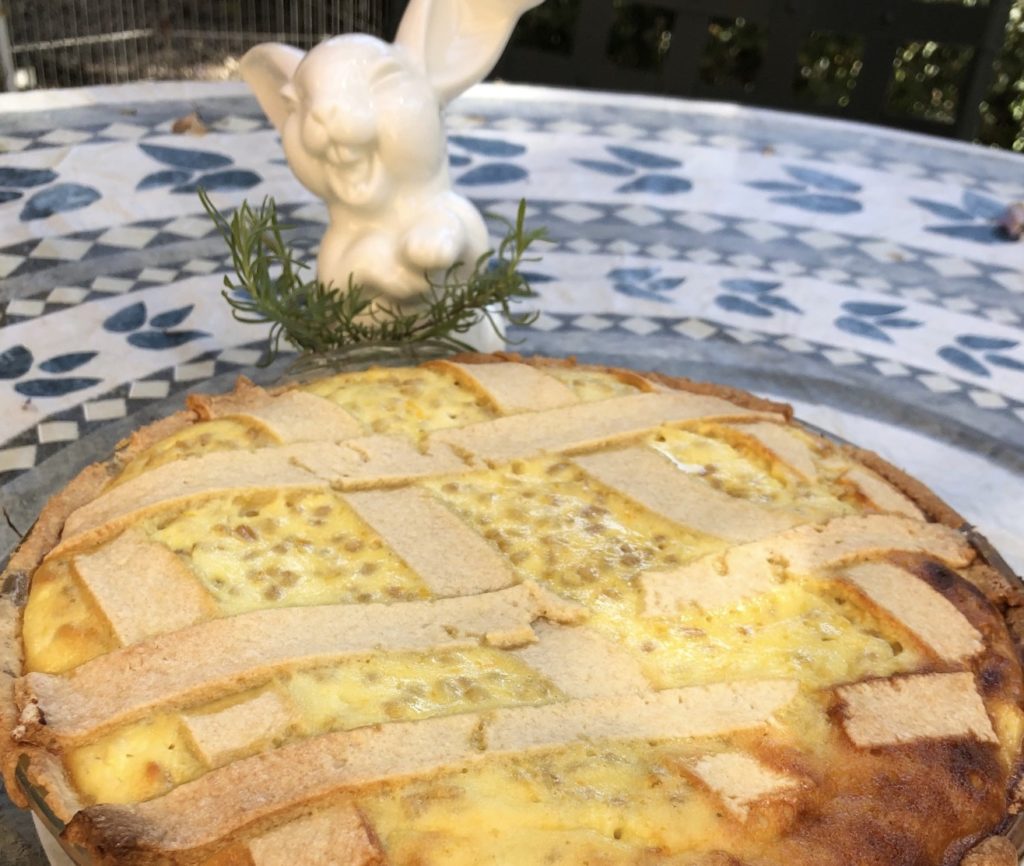
And the cookies. Always teeming platters of homemade cookies. Butter cookies in fanciful seasonal shapes of bunnies and baby chicks and Easter eggs. My mother was a champion of the Biscotti Regina: pillowy, crumbly sesame encrusted cookies, fragrant with vanilla and anise. Bite size; perfect for dunking in an espresso coffee. Or in my case, a glass of cold milk.
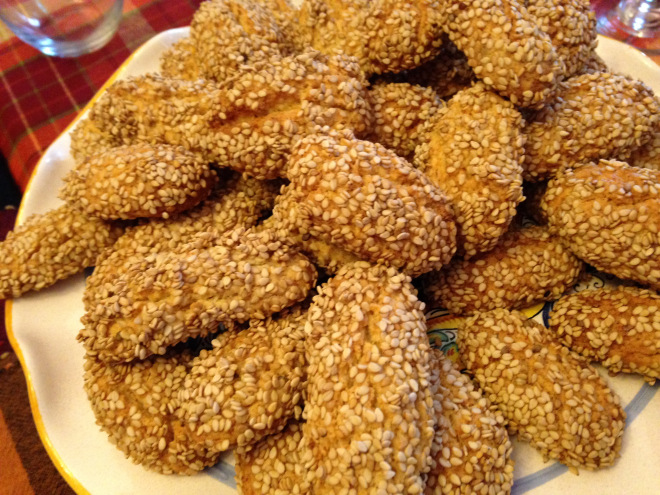

The final touch was the bit of commercial American-ism that as children we anticipated most: ripping into gooey jelly beans and melty, messy foil-wrapped milk chocolate rabbits and eggs and crucifixes that populated the colorful baskets left for us overnight by the Easter bunny.
Later, as single adults, Easter Sunday was quite a social scene after dinner. Still in our spring finery, bright colored blazers, checked vests, paisley ties, shiny dress shoes, frilly dresses and Easter coats, we’d leave our families and gather at a favored watering hole. It was a great time to reacquaint with neighborhood friends who’d been away at school and returned home for the holiday break.
This Easter, my brother, sister and our children gathered for a holiday afternoon Zoom meeting. We are scattered in 8 locations from CA to AZ to MA to NY.
We swapped tales of our solitary meals this year and reveled in some of our shared memories. My sister showed off a ricotta pound cake. Natalie and I displayed our lasagna al Forno and Sicilian fennel, orange and black olive salad. My daughter sent in advance a detailed video of her homemade tagliatelle pasta made from freshly foraged nettles. Big brother Frank continued his tradition of making the holiday grain pie. But instead of whipping up a half dozen or more to dole out to friends and family, this Easter he made only one to share with at home with his wife Toni.
Finally, we toasted to each other and to the time we will again gather around the communal family table. Just like old times.
